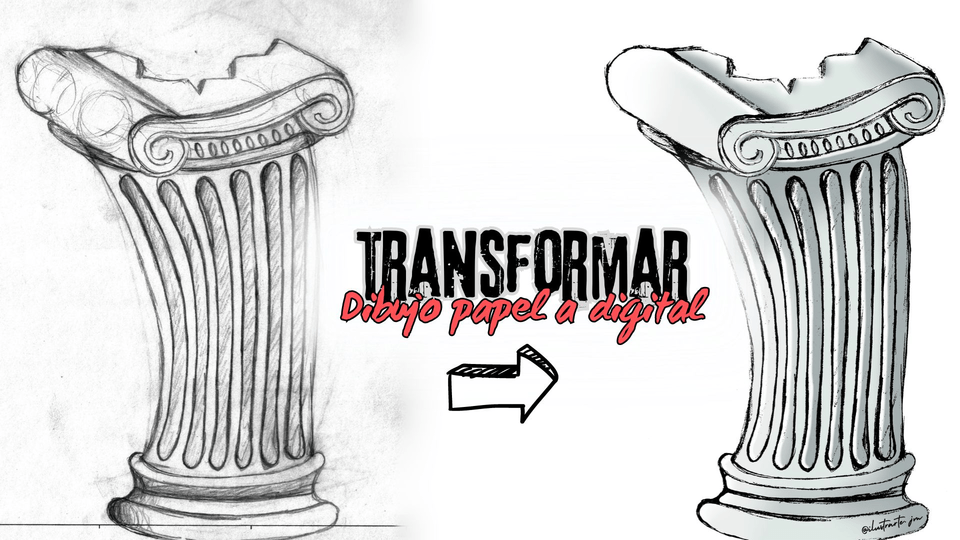How to Draw a Mosquito Step by Step
Mosquitoes are fascinating creatures that often buzz around us during warm summer nights. While they may be annoying, they do serve an important role in the ecosystem. If you're interested in capturing the essence of these tiny insects on paper, this step-by-step guide will show you how to draw a mosquito with ease. With simple instructions and helpful tips, you'll be able to create a realistic and detailed representation of a mosquito in no time.
Introduction: Getting Started with Drawing a Mosquito
Drawing may seem daunting, especially if you're new to it. But fear not! Learning how to draw a mosquito step by step can be an enjoyable and rewarding experience. Whether you're an aspiring artist or simply looking for a fun activity, this guide will help you bring a mosquito to life on your canvas.
Step 1: Sketching the Basic Shapes
To start, lightly sketch a circle towards the top half of your paper. This circle will represent the mosquito's head. Just below it, draw a smaller oval shape for the thorax, which is the middle part of the mosquito's body. Finally, draw a larger oval shape beneath the thorax for the abdomen, the long rear section of the mosquito.
Step 2: Adding Details to the Head
Now, let's add some details to the mosquito's head. Draw two long oval shapes for the compound eyes on each side of the circle. Within the circle, sketch a smaller oval shape for the mosquito's simple eye. Add a small triangle shape at the bottom of the circle, pointing towards the thorax, to represent the proboscis, which is the mosquito's mouthpart.
Step 3: Outlining the Body
Using your pen with a fine tip, carefully outline the shapes you sketched earlier. Start with the head, following the contour of the circle and the ovals. Move on to the thorax and abdomen, outlining the oval shapes you drew. Refine the outlines as needed, making them smooth and precise.
Step 4: Drawing the Wings and Legs
Mosquitoes are known for their delicate wings and long legs. To represent the wings, draw two curved lines extending from the thorax. These lines should be slightly longer than the mosquito's body. Next, sketch six thin and elongated shapes below the abdomen for the mosquito's legs. Make sure to include the tiny joints in each leg to add realism.
Step 5: Adding Details and Textures
To make your drawing more lifelike, it's time to add details and textures to your mosquito. Use your pen to create intricate patterns on the wings, such as tiny veins and scales. You can also add some shading to the body to give it dimension. Pay attention to the different sections of the mosquito, highlighting the segments of the abdomen and the joints in the legs.
Step 6: Erasing Guidelines and Finalizing
Now that you've completed the main structure and added details, take your eraser and gently remove any remaining pencil guidelines. Be cautious not to smudge the ink or damage any delicate areas of your drawing. Take a step back and assess your work. If you're satisfied with the result, your mosquito drawing is complete!
Tips for Drawing a Mosquito
Observe real mosquitoes or reference images to capture their unique features accurately.
Start with light and loose pencil strokes to easily make corrections.
Experiment with different pen thicknesses to create varied line weights for added depth.
Practice patience as you work on the intricate details of the wings and legs.
Use colored pencils to add realistic hues and tones to your mosquito if desired.
Conclusion
Drawing a mosquito step by step is an enjoyable and creative process. By following these simple instructions and practicing regularly, you'll improve your artistic skills while capturing the essence of these intriguing insects. Remember, drawing takes time and patience, so don't be discouraged if your first attempts aren't perfect. With practice, you'll be able to create stunning mosquito drawings that showcase your talent and dedication.










Comment